Inspiration
5 Ways to Drink Coffee Around the World
Starting the day with a cup of coffee is a ritual that’s celebrated all over the globe, but that doesn’t mean we all drink it the same way. Each region has its own distinct coffee type and tradition, ranging from slamming back powerful espresso shots to sipping flat whites to lingering over café lattes. Despite its humble beginnings, coffee is the second-most sought commodity in the entire world. Learn how some of the world’s foremost coffee producing regions celebrate this robust, flavor-packed bean on one of A&K’s luxury tours.
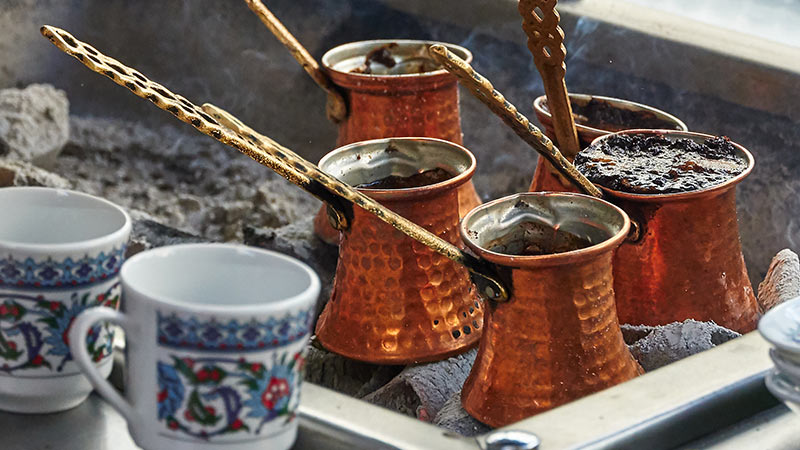
Turkey
Turkish coffee is less about origin and more about the style of preparation, which involves grinding beans into a very fine powder and boiling them in a small brass pot called a cezve — usually spiced with cardamom and sugar. The coffee is ready when it rises, bubbles and all-but-overflows over the side of the pot. When the grounds have settled, the thick, dark and very strong coffee is served in a demitasse, or small cup, with a side of Turkish delight candy. Once the coffee is finished, the grounds at the bottom of the cup are often turned over, cooled and then used for tasseography, or fortune telling. Sample an authentic cup at any of the bustling bazaars in Istanbul, like the café at Fazil Bey, which is a local favorite. If you’re feeling adventuresome, order yours with amla sakızlı, or majestic, a pine-flavoring agent.
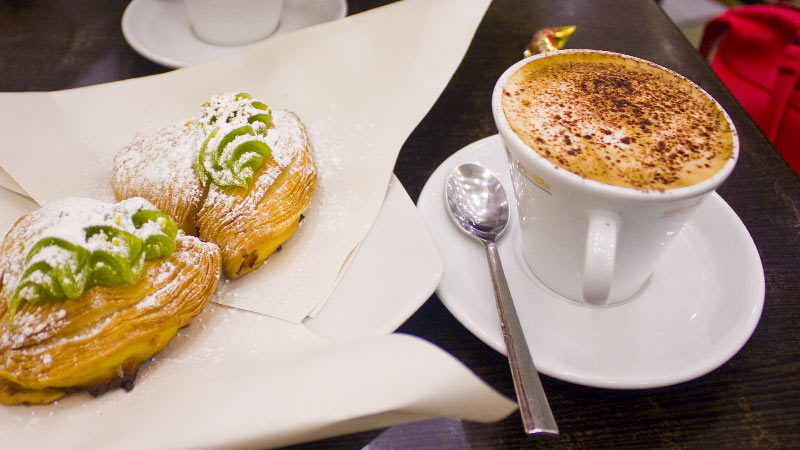
Italy
The Islamic world may have brought coffee to Italy, but the Italians have truly made it their own. Throughout the country, locals enjoy theirs with milk — cappuccino, caffé latte, latte macchiato — in the morning, but not after a meal. Post-breakfast, they move on to straight-up caffè (a single shot) or caffè doppio (a double). Like their food, the coffee traditions vary by region. In Naples, caffè alla nocciola consists of espresso with hazelnut cream, while marocchino in Milan features a shot of espresso with a dollop of frothy milk and a sprinkle of cocoa powder. Other variations found in restaurants and cafes are caffè macchiato or latte macchiato, which is an espresso hit with a dash of milk or hot milk with a splash of coffee. You also can order a brew with chocolate shavings, ice and sugar — or even with brandy or grappa.
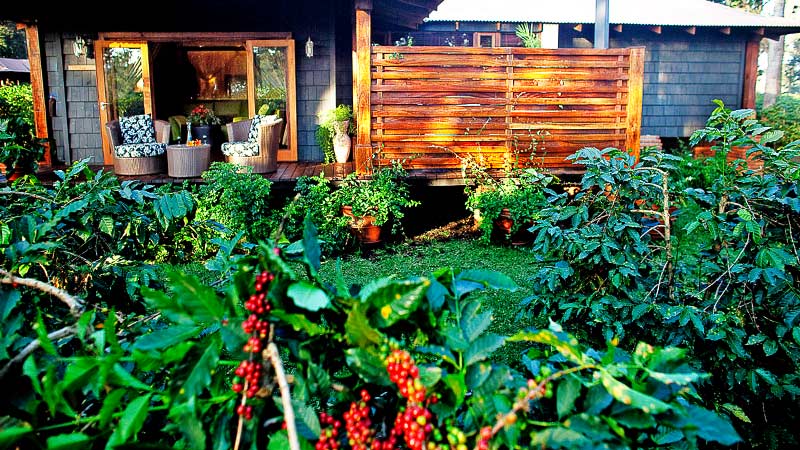
Tanzania
In Tanzania, coffee production is imperative to the growth of the economy — in fact, Arabica and Robusta are the country’s largest export crops. Coffee is thought to have appeared in Tanzania in the 16th century, courtesy of modern-day Ethiopia. At that time, however, it wasn’t brewed to create a beverage; instead, it was chewed as a stimulant. Tanzanian coffee, like most East African Arabicas, sports notable acidity, rich flavor and is medium- to-full body in nature. It’s often separated into peabody and flat. Naturally, it’s never better than when it’s fresh from the source. Fortunately, you can immerse yourself in a coffee experience during your A&K Tanzania luxury tour while staying at Arusha Coffee Lodge, a working plantation where you can take a “bean-to-cup” tour on the grounds, seeing how beans are nurtured, harvested, dried and roasted.
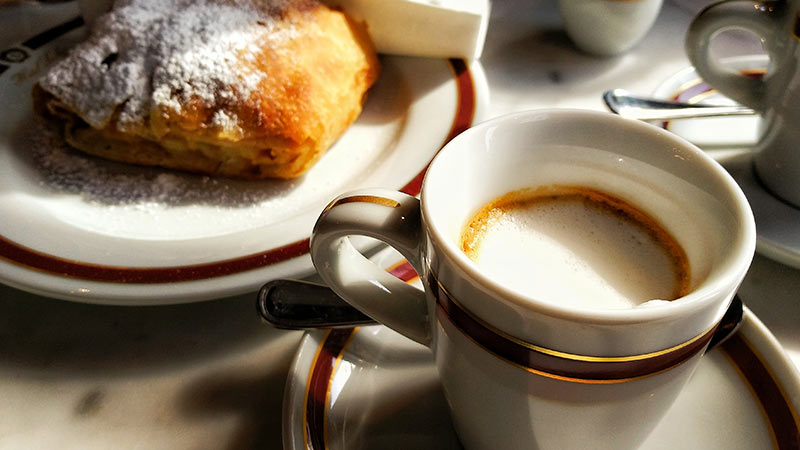
Austria
As in Italy, Austria’s Viennese coffeehouses are beloved, so much so that UNESCO recognized them as part of Austria’s “Intangible Cultural Heritage.” Par for the course, sipping is an elegant experience, one where you’ll encounter cafes with marble-topped tables meant for lingering at with a newspaper and apfelstrudel. According to one popular legend, it all started when Polish-Habsburg soldiers came across sacks of beans — initially thought to be camel feed — when liberating Vienna from the second Turkish siege in 1683. Supposedly, the Polish king granted the sacks to soldier Jerzy Franciszek Kulczycki. After tinkering that involved the addition of sugar and milk, he sold his first cup of joe and the tradition of the Viennese coffeehouse was born. To sip coffee in Vienna is to walk in the footsteps of literary luminaries as well as fabled artists, scientists and politicians. Get your own taste at lauded locales such as Kaffe Alt Wien, Café Central and Café Landtmann, Sigmund Freud’s preferred place for a pick-me-up.
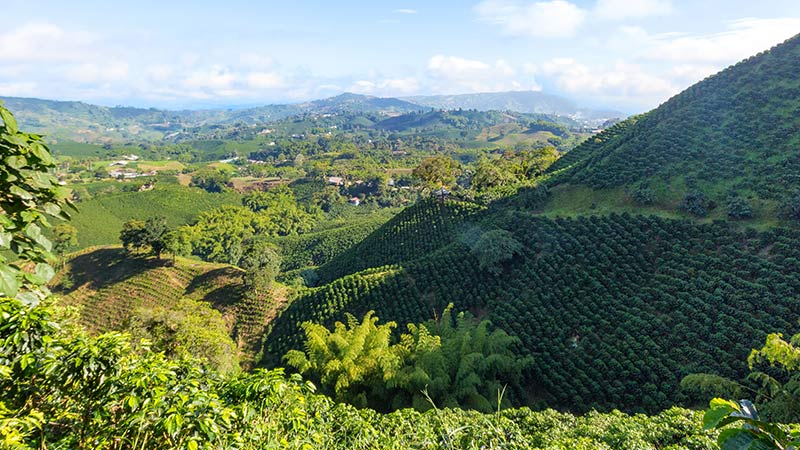
Colombia
It’s impossible to travel to Colombia without encountering what arguably are the world’s best beans. Colombian coffee is exported to the United States, Europe and Japan, but there’s nothing like experiencing it amid its growing region, declared a UNESCO World Heritage Site. The first coffee crops were planted amid Colombia’s eastern stretches, and the first green coffee bags were exported in 1835. Since then, coffee has become synonymous with the country — particularly in the Caldas, Quindío and Risaralda regions (Zona Cafetera). Consider a stop at the Colombian National Coffee Park in Montenegro, Quindío; it’s a go-to for an interactive look at the crop. And be sure to visit lush Hacienda Venecia, a working coffee farm that offers walking tours and tastings.
This post was originally published on April 4, 2017. It has been updated with new information.


 The Americas
The Americas
 Europe, Middle East and Africa
Europe, Middle East and Africa Australia, NZ and SE Asia
Australia, NZ and SE Asia